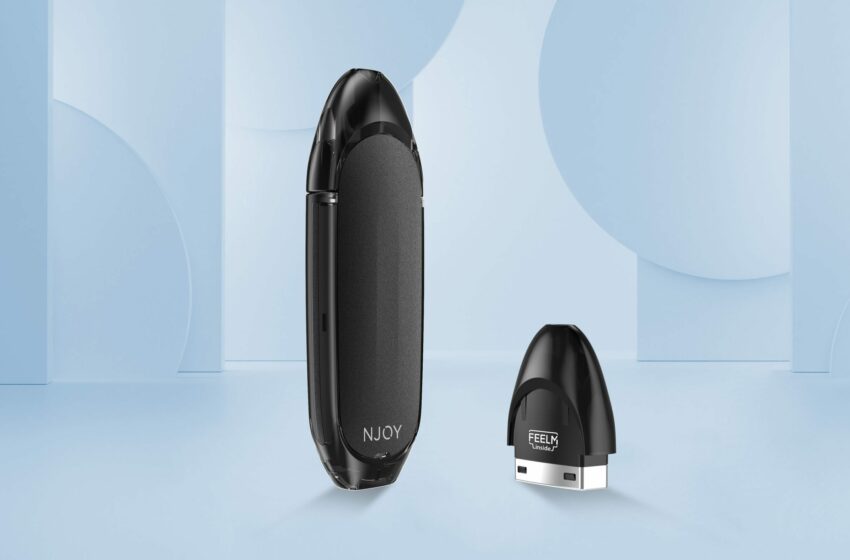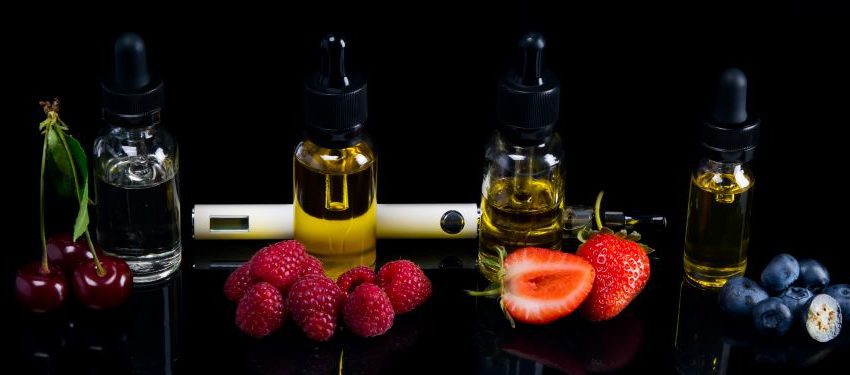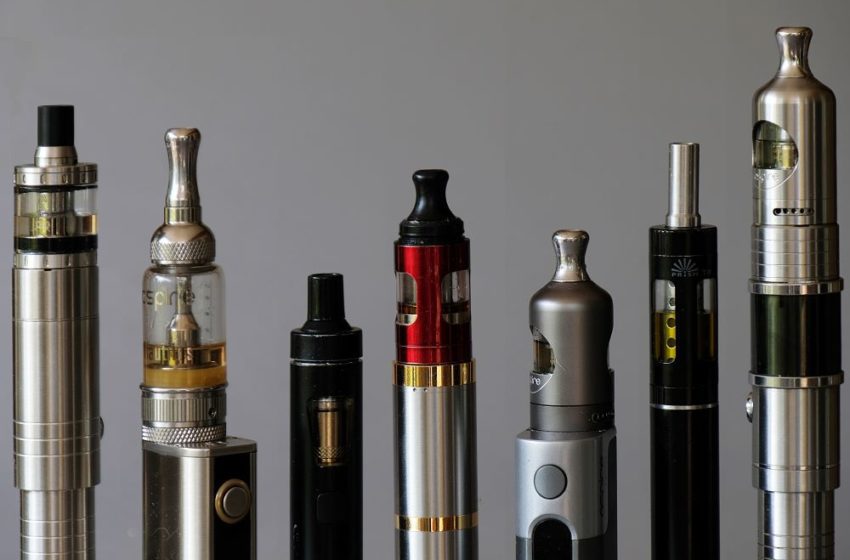The FDA's decision to authorize Njoy menthol products is a significant step forward.Read More
Tags :flavors
Examining the impact of flavored e-cigarettes on adult smokers: insights from a three-month experimental study Read More
The presentation will provide an overview of the evidence that led to the proposed rules.Read More
The idea that e-cigarette flavors hook kids is simple, compelling and false.Read More
Are choices key to successful switching?Read More
Increasingly popular, crushable filters may very well breach the confines of their niche status.Read More






